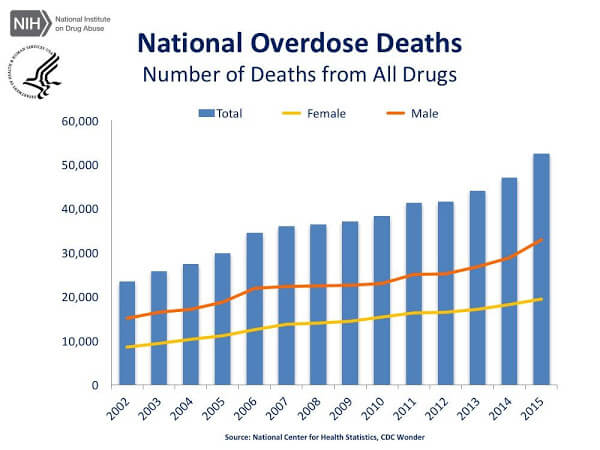Staying Sober Through the Holidays
While many things seem to have an extra touch of magic around the holidays, those in recovery may also find that this is a time when temptations and triggers multiply. If you’ve been working hard to protect your sobriety and reach your recovery goals, this time can be challenging.
Staying sober through the holidays comes down to understanding and protecting yourself through a season when alcohol and emotions flow more readily than they normally do. We’re here to help you recognize the challenge and find ways to overcome it.
Most Common Seasonal Relapse Triggers
Celebrating holidays without drinking and drugs can be hard when you feel like everyone around you is experiencing the season without a care. But what others are doing is not what matters. What matters is that you continue to take care of your body, mind, and soul.
Taking pride in your recovery and accomplishments rather than comparing yourself to others can help you overcome one of the biggest seasonal relapse triggers: exposure. Staying sober through the holidays may mean making some sacrifices.
You can limit your exposure to drugs and alcohol by strategically choosing who you spend your time with and where. If you choose to attend events where it will be easy for you to slip up, we have some suggestions for that, too.
Concrete Planning and Tips for Sober Celebrations

There are many strategies for staying sober through holiday stress and other temptations and triggers. The trick is finding the one or ones that work best for you. Here are some suggestions:
- Avoid known risks to your sobriety by attending activities within your sober social circle.
- Bring a sober friend to a regular party (traveling with a sober companion will make it easier for you to say no, avoid temptation, arrive early, and leave early.)
- Know your limits when it comes to situations, locations, or people who trigger you.
- Keep in regular contact with your sponsor throughout the season.
- Practice self-care through yoga, meditation, exercise, or massage to treat yourself before and after social gatherings.
- Attend 12-step or other support group meetings throughout the season (if you’re traveling out of the city or state you live in, you can still attend phone meetings or virtual sessions.)
Another tip that many in recovery have found helpful around the holidays is to carry a drink around every party you attend. When you arrive, fill a cup with water, soda, or another non-alcoholic drink and keep it in your hand for the duration of the event.
This way, you won’t have to refuse drinks all night, and you likely won’t have to explain to anyone why you’re not drinking unless you choose to. Attending holiday events with sober supports is another great way to stay on track.
Staying Sober Through the Holidays by Starting New Traditions
Staying sober through the holidays is easier when you take time to celebrate your most meaningful connections and relationships. One easy and exciting way to do this is by starting new traditions that do not center around drinking or drug use.
If you’ve been in recovery for a while, you may have already started building relationships with sober peers you can spend time with this holiday season. And if you have pre-existing friend groups that you’d like to spend time with, there is nothing wrong with asking them ahead of time to respect your sobriety and leave the substances at home.
Whether you’re planning a gathering with a support group or old friends, this holiday season is a great time to host a festive sober gathering. There are plenty of ways to have fun without being under the influence.
Ideas for New Traditions and Solo Activities

Whether you’re eager to be around friends or find positive ways to spend time alone, there are endless options for sober activities. Here are a few activity suggestions:
- Host a board game night.
- Invite friends for a craft or paint night.
- Write in a journal or have a creative writing contest.
- Take a long walk, go to the gym, or attend a fitness class.
- Try yoga or meditation.
- Craft a hand-written letter to a friend.
- Adopt a pet.
Creative activities reduce stress and depression, two negative emotions that are frequently linked to relapse. Additionally, research shows that people who exercise regularly are less likely to use illicit drugs.
And having pets has been shown to boost our overall moods, reduce feelings of loneliness, and give us a sense of purpose. But your options are not limited to the activities on this list. Try these or find other ways to improve your mental and physical health.
Creativity, togetherness, a balanced diet, and regular exercise can help us through many obstacles during recovery. And managing negative emotions or finding ways to replace them with positive ones can make it easier to maintain your sobriety even when challenges arise.
Acronyms to Remember: Halt and Others
H.A.L.T is an Alcoholics Anonymous acronym for some of the most common relapse triggers. These are not holiday-specific, but that does not mean that they will take the season off. These are additional, year-round triggers you should watch out for:
- Hungry.
- Angry.
- Lonely.
- Tired.
To combat these emotional relapse triggers, practice anger management techniques and spend time with supportive friends and loved ones. Also, try to get the recommended eight hours of sleep each night and eat a balanced diet.
It may sound like an overly simplified solution, but how much we sleep and what we eat can impact everything from our moods to our immune systems. And while we are talking about the importance of making good choices for ourselves, we want to talk about saying no.
If you are feeling emotionally vulnerable, it is perfectly reasonable to decline attending events or spending time with certain individuals. Protecting yourself and your sobriety is your priority, not saying yes just to please someone else.
This leads us to another important AA acronym, which is C.H.A.N.G.E. In recovery, change stands for “choosing honesty allows new growth every day.” Being honest with and true to yourself is an important part of recovery.
Seeking Inpatient Care During the Holidays
If you have recently relapsed or are worried that you will, another option that you may want to consider is an inpatient rehab program. Our inpatient program offers 24-hour access to the care, support, and guidance of our professional team in a safe and comfortable facility.
In a setting like this, temptations and triggers feel farther away because they are. A change of scenery can work wonders for those who are struggling to maintain their sobriety and lack adequate social support at home.
During an inpatient stay, your days will include healthy meals, creative activities, counseling sessions, support group meetings, and more. We all have to start somewhere. Call us today at 866-263-1820 to see if inpatient care is right for you.
We also offer several other programs for those who prefer to continue living at home and attend weekly sessions and meetings for support. Staying sober through the holidays can be challenging. But it is not a challenge you have to face alone.







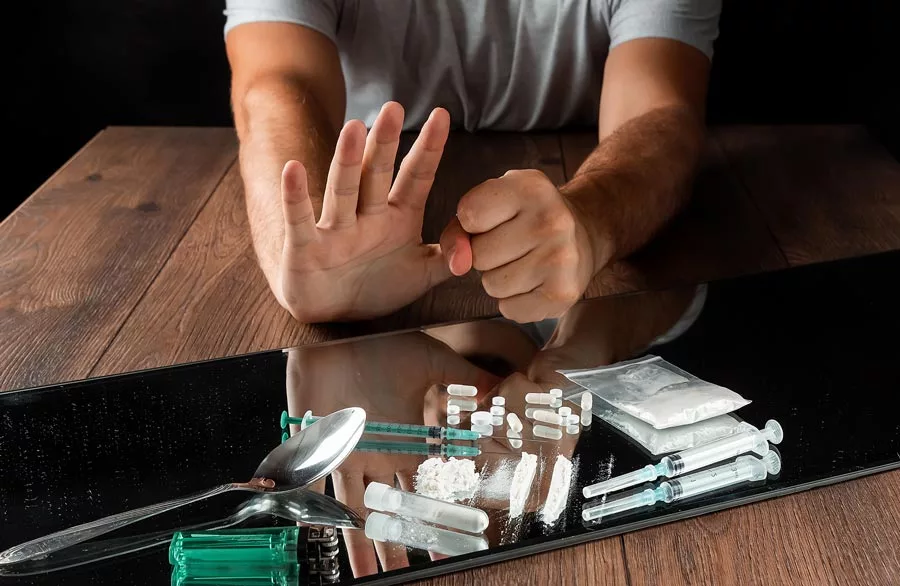
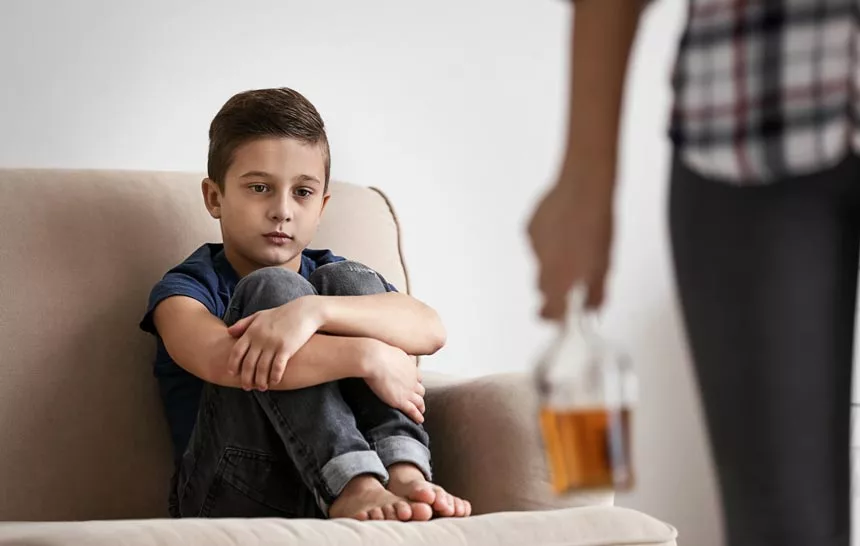
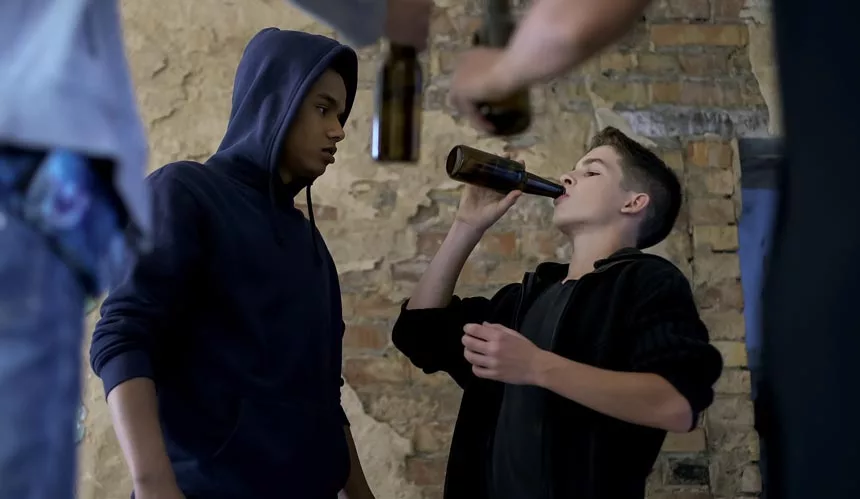



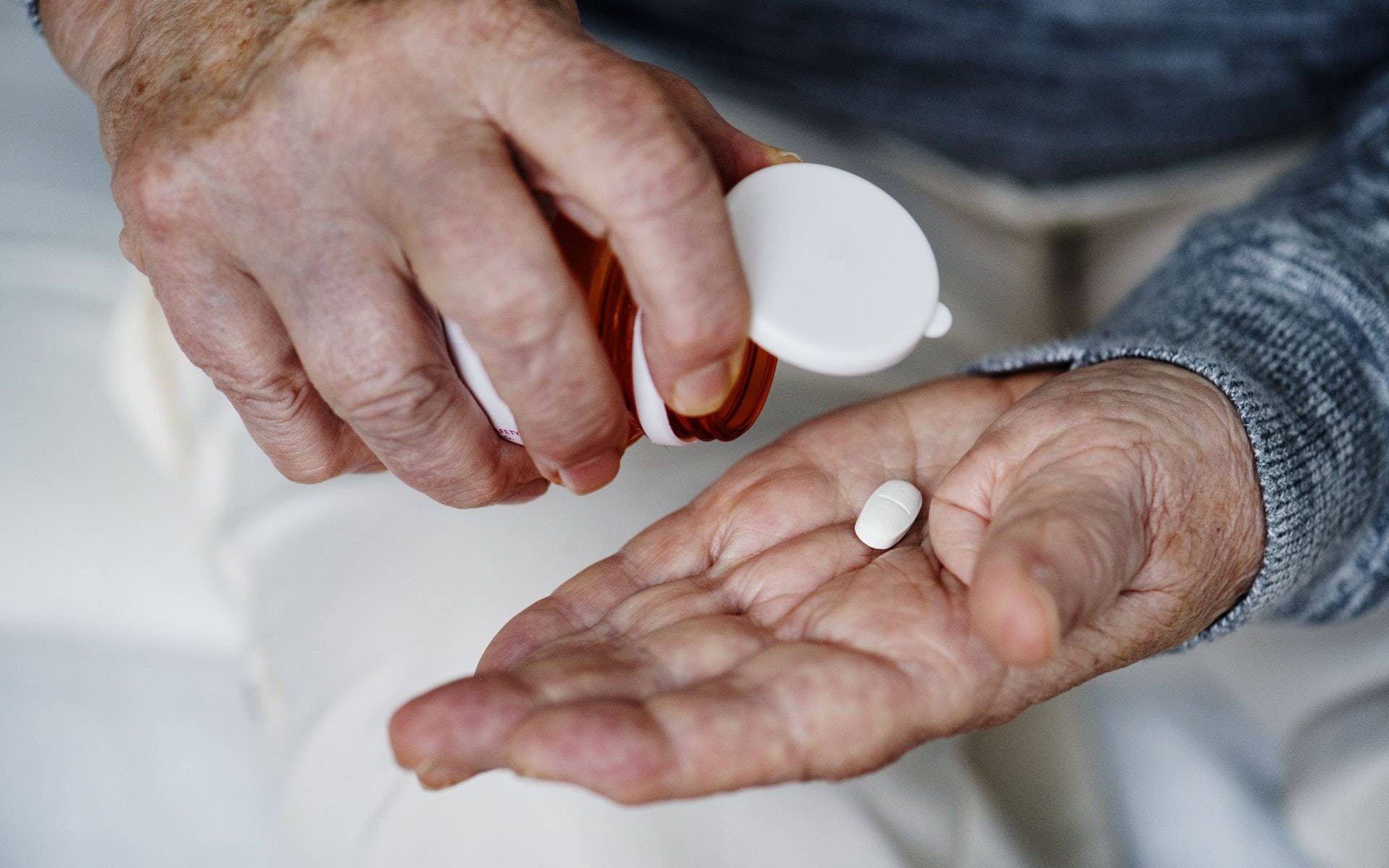
 By the 19th century, Americans used opium to treat a wide range of medical issues. Doctors prescribed morphine to dying patients suffering from cancer.
By the 19th century, Americans used opium to treat a wide range of medical issues. Doctors prescribed morphine to dying patients suffering from cancer.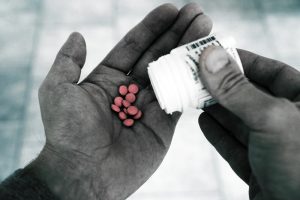 American physicians continued to fight for the right to prescribe opiates. Soon after, the federal government began to recognize the medical value of opiates. By the 1960’s, Hydrocodone, Oxycodone, and other synthetic opiates came into being. Recreational opiate and heroin use skyrocketed during this time. Fears of prescribing opiates arose once again.
American physicians continued to fight for the right to prescribe opiates. Soon after, the federal government began to recognize the medical value of opiates. By the 1960’s, Hydrocodone, Oxycodone, and other synthetic opiates came into being. Recreational opiate and heroin use skyrocketed during this time. Fears of prescribing opiates arose once again. Doctors only receive about 9 hours of education about pain over the course of medical school. To make matters worse, the federal government doesn’t adequately fund pain research. In fact, the National Institutes of Health only spend 1% of its budget ($358 million) per year on pain research.
Doctors only receive about 9 hours of education about pain over the course of medical school. To make matters worse, the federal government doesn’t adequately fund pain research. In fact, the National Institutes of Health only spend 1% of its budget ($358 million) per year on pain research.
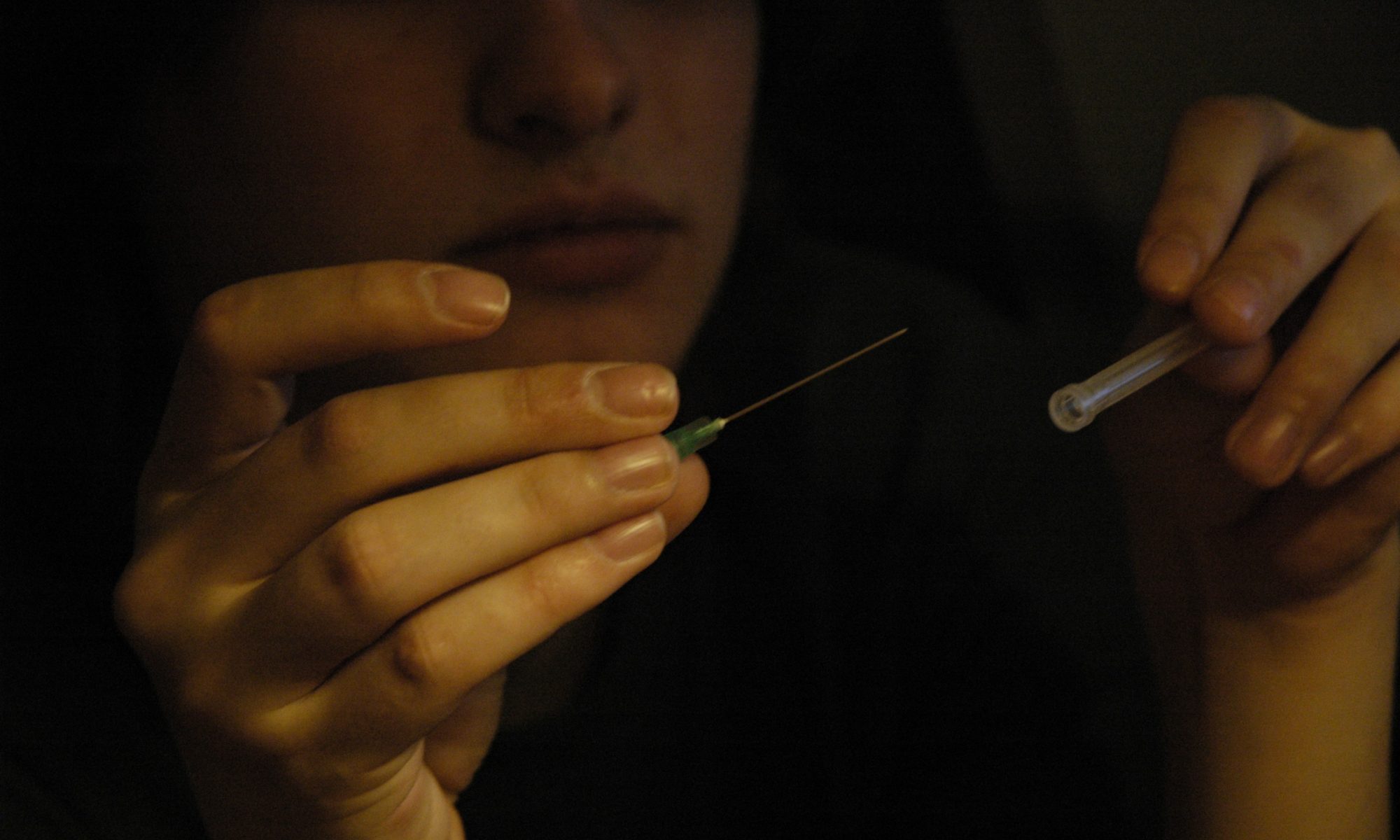
 If you or a loved one is suffering from an addiction this article will cover a perspective proven through clinical studies that you must not miss. Society in general has led addicts to feel ashamed of the insidious affliction they suffer from, and the stigma can contribute to both addiction and loneliness. Addicts cause pain and confusion in themselves and anyone that truly deeply cares for them.
If you or a loved one is suffering from an addiction this article will cover a perspective proven through clinical studies that you must not miss. Society in general has led addicts to feel ashamed of the insidious affliction they suffer from, and the stigma can contribute to both addiction and loneliness. Addicts cause pain and confusion in themselves and anyone that truly deeply cares for them. 